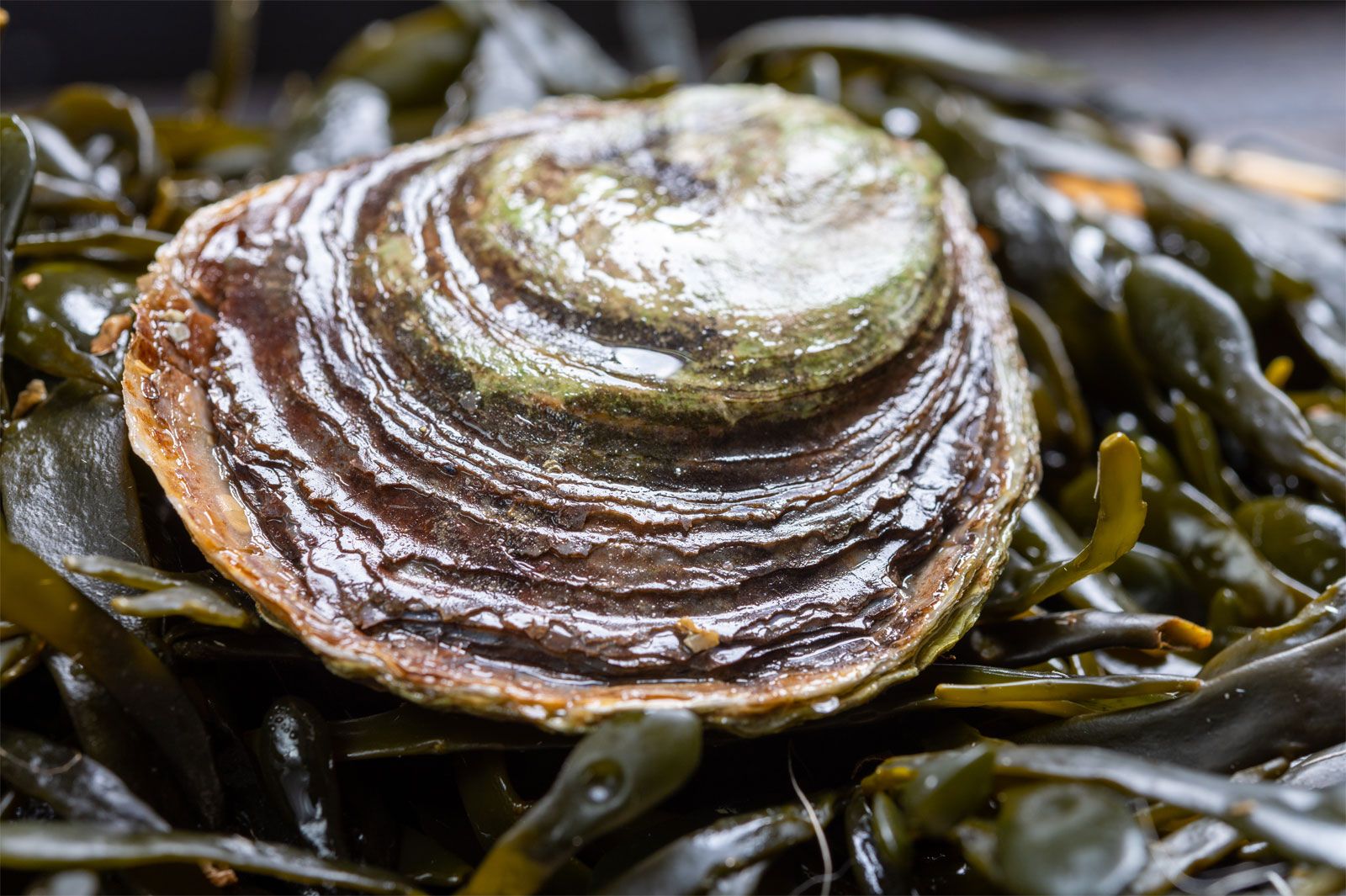
Oysters are more than just a delicacy; they hold a treasure trove of fascinating facts. Did you know that oysters can change their gender? Yes, these mollusks can switch from male to female and back again, depending on their environment. They also play a crucial role in maintaining marine ecosystems by filtering water. A single oyster can filter up to 50 gallons of water a day! Additionally, oysters have been around for millions of years, with fossil records dating back to the Triassic period. Whether you're a seafood lover or a marine biology enthusiast, these 28 facts about oysters will leave you amazed.
The World of Oysters
Oysters are fascinating creatures that have intrigued humans for centuries. These bivalve mollusks are not only a culinary delight but also play a crucial role in marine ecosystems. Let's dive into some intriguing facts about oysters.
Oyster Anatomy and Biology
Understanding the anatomy and biology of oysters can give us a deeper appreciation for these unique creatures.
- Oysters have a two-part shell made of calcium carbonate. This shell protects their soft inner body.
- They have a strong adductor muscle that keeps their shell tightly closed.
- Oysters are filter feeders, meaning they filter water to extract their food, such as plankton and algae.
- An oyster can filter up to 50 gallons of water per day, helping to clean and maintain the health of their aquatic environment.
- Oysters have gills that not only help them breathe but also assist in filtering food from the water.
Oyster Reproduction
Oyster reproduction is a complex and fascinating process that ensures the survival of their species.
- Oysters are hermaphrodites, meaning they can change sex, often starting as males and later becoming females.
- They release millions of eggs and sperm into the water during spawning, increasing the chances of fertilization.
- The fertilized eggs develop into free-swimming larvae before settling on a hard surface to grow into adult oysters.
- Oysters can produce pearls when a foreign substance gets trapped inside their shell, though not all oysters are pearl oysters.
Oyster Habitats
Oysters are found in various habitats around the world, each providing unique conditions for their growth.
- They thrive in brackish waters, where freshwater meets the sea.
- Oysters form reefs that provide habitat and protection for many marine species.
- These reefs help prevent coastal erosion by stabilizing the shoreline.
- Oysters are found in temperate and tropical waters worldwide, from the Gulf of Mexico to the coasts of Japan.
Culinary Delights
Oysters have been a part of human cuisine for centuries, enjoyed in various ways across different cultures.
- Oysters can be eaten raw, grilled, fried, or baked, offering a versatile culinary experience.
- They are often served with lemon, hot sauce, or mignonette, enhancing their natural flavor.
- Oysters are a rich source of zinc, iron, and vitamin B12, making them a nutritious food choice.
- The taste of an oyster can vary depending on its environment, with some tasting briny and others sweet.
Environmental Impact
Oysters play a significant role in maintaining the health of marine ecosystems.
- Oyster reefs provide habitat for fish, crabs, and other marine life, promoting biodiversity.
- They help improve water quality by filtering out pollutants and excess nutrients.
- Oysters can help mitigate the effects of climate change by sequestering carbon in their shells.
- Overharvesting and pollution have led to a decline in oyster populations, making conservation efforts crucial.
Fun and Unusual Facts
Oysters have some surprising and lesser-known characteristics that make them even more interesting.
- The largest oyster ever recorded measured 13.97 inches in length.
- Oysters have been around for over 200 million years, surviving through various geological periods.
- Some oysters can live up to 20 years in the wild.
- The ancient Romans considered oysters a delicacy and even imported them from Britain.
- Oysters have a nervous system but no central brain, relying on a network of nerves to sense their environment.
- The flavor of an oyster can be influenced by the "merroir", similar to how wine is influenced by its terroir.
- In some cultures, oysters are believed to have aphrodisiac properties, though this is more myth than fact.
Final Pearls of Wisdom
Oysters are more than just a seafood delicacy. These fascinating creatures play a crucial role in marine ecosystems by filtering water and providing habitats for other marine life. They’ve been a part of human history for centuries, from ancient Roman feasts to modern-day culinary delights. Oysters are also packed with nutrients, making them a healthy choice for those who enjoy them.
Whether you’re a fan of eating oysters or simply intrigued by their unique characteristics, there’s no denying their importance. They’re nature’s water purifiers, historical treasures, and nutritional powerhouses all rolled into one. So next time you see an oyster, remember the incredible journey it has taken from the ocean to your plate. Enjoy the taste, appreciate the history, and marvel at the science behind these amazing mollusks.
Was this page helpful?
Our commitment to delivering trustworthy and engaging content is at the heart of what we do. Each fact on our site is contributed by real users like you, bringing a wealth of diverse insights and information. To ensure the highest standards of accuracy and reliability, our dedicated editors meticulously review each submission. This process guarantees that the facts we share are not only fascinating but also credible. Trust in our commitment to quality and authenticity as you explore and learn with us.
